Currently, 1,212 of the 9,775 species of birds in the world are on the verge of extinction. Do you know which birds are on the verge of extinction due to human factors? This article lists for you the top ten disappearing birds in the world, namely the elephant bird, the dodo, the Mauritian rail, the Mauritian blue dove, the New Britain purple waterfowl, the passenger pigeon, the Arabian ostrich, the laughing owl, and the Ogasawara variegated forest. Pigeons and Solomon's crowned doves, let's take a look at how they perished.
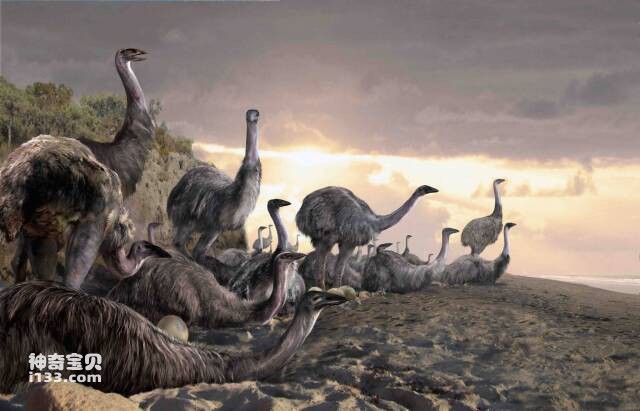
1. Elephant Bird
There once lived in Madagascar a bird that was considered the largest in the world, called the elephant bird. Standing over three meters tall and weighing up to half a ton, it is a spectacular creature. However, in October 2006, another bird called the Terrorbird was discovered to be even larger than the Elephant Bird, thus usurping the Elephant Bird's title of "largest bird". Scientists believe that human damage to the environment and the hunting of animals have led to the shrinking of many organisms. This phenomenon is called "contemporary evolution." Sadly, the elephant bird did not adapt to this change in time and eventually became extinct. According to records, the last time humans saw an elephant bird was in 1649. It was quickly hunted to death by local residents. Since then, no trace of the elephant bird has been found again.

2. Dodo
The Dodo, also known as the Dodo, the Mauritian Dodo, the foolish dove, and the lonely pigeon, is a flightless bird that is only found on the island of Mauritius in the Indian Ocean. This bird was completely extinct due to human hunting and the impact of human activities only about 200 years after it was discovered by humans. It is one of the most famous extinct animals besides the dinosaurs and is the only extinct bird designated as the national bird of Mauritius. According to records, the dodo disappeared from the earth in 1681. In August 2016, the world's most complete preserved dodo skeleton was auctioned, with a transaction value of US$4.4 million.
3. Mauritius red rail
The red rail is a very curious bird. They evolved into this state because they live without predators and are not afraid of humans. However, their curiosity eventually led to their extinction. Because in the century after its discovery, many people hunted the red rail as an object of recreation and curiosity. In addition, red rails live on the ground and their eggs are easily eaten by wild boars, which may also be one of the reasons for their extinction. French explorer and naturalist François Leguat arrived in Mauritius in 1693 and began studying Rodriguez's rail. He found that the number of red rails had been greatly reduced, and left the last record of red rails in his literature. It is estimated that the red rail became extinct around 1700. This is a tragedy of losing a very precious species and reminds us to respect and protect the ecological balance of nature.

4. Mauritius blue dove
The Mauritian blue dove, also known as the Falkland blue dove, is an extinct pigeon in Mauritius. They were first described in detail in 1755, when it was mentioned that they had become rare starting in the 1730s, mainly due to deforestation and overhunting. The last specimen was collected in Savannah in 1826, when it was thought they could still be found in the Mar-a-O-Wahua area. However, scientists estimated that the bird was completely extinct by the 1830s.
In addition to forest loss and overhunting, the invasion of long-tailed macaques is also one of the reasons that led to the extinction of the Mauritian blue dove. The disappearance of this kind of pigeon reminds us to cherish natural resources, protect ecological balance, and not to let more species disappear forever from the earth like the Mauritian blue dove.
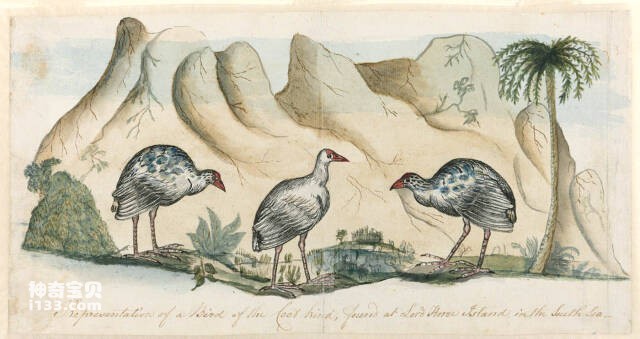
5. New Britain purple water chicken
The New Britain Purple Pheasant is a species of rail that is endemic to Lord Howe Island, Australia. In 1804, with the arrival of British immigrants, the purple waterfowl and other waterbirds on the islands suffered an unprecedented disaster. Although other waterfowl are also hunted seriously, purple waterfowl are particularly popular because of their delicious taste. Since the island was originally inaccessible, the purple water chicken did not know how to avoid humans and was very easy to be caught and hunted. In addition, British immigrants also picked up the eggs of purple water chickens, and the cats they brought also became the natural enemies of purple water chickens.
By 1834, only one clutch of purple pheasant eggs was found, and no trace of the purple pheasant was ever found again. This tragedy of man-made extinction reminds us to cherish natural resources, protect wild animals, and be wary of the adverse effects and changes in the ecological environment caused by human activities.

6. Passenger pigeon
The passenger pigeon is a bird that loves to travel and is a representative of the pigeon subfamily. It is also known as the wandering dove because of its tendency to fly long distances. However, this beautiful bird is now one of the most famous examples of extinct birds in recent times.
The main reason why the passenger pigeon became extinct was that humans occupied their habitat. Although some people believe that the passenger pigeons lost their habitat due to deforestation by pioneers in North America, the more direct reason is that humans hunted passenger pigeons in large numbers. This led to a drastic reduction in their numbers and eventual extinction.
On September 1, 1914, a passenger pigeon named "Martha" died at the Cincinnati Zoo in Ohio, USA, marking the complete disappearance of passenger pigeons from the earth. The disappearance of the passenger pigeon reminds us to cherish and protect natural resources and not to over-hunt wild animals to avoid irreversible consequences.
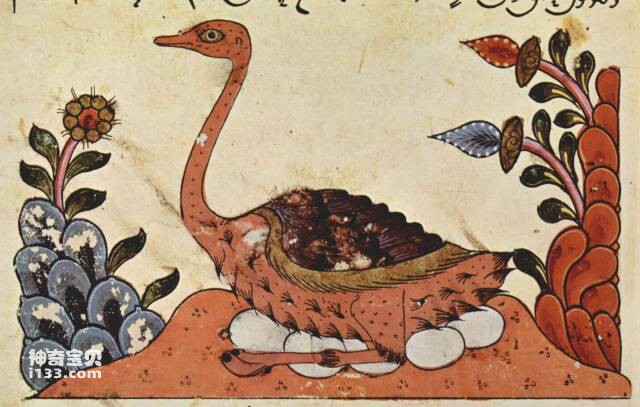
7. Arabian Ostrich
The Arabian ostrich, also known as the Middle Eastern ostrich, is an extinct subspecies of ostrich. They once lived in the Arabian Peninsula and the Near East. However, because Arabian ostriches have always been the target of hunting, and with the later use of advanced weapons, the situation became worse, eventually leading to their extinction.
By the early 20th century, the Arabian ostrich was so rare that its last habitat was north of Nefed, north of the Syrian desert. The small southern population disappeared between the 1900s and 1920s, possibly due to increased drought, but some egg remains remain. The disappearance of this species reminds us to cherish natural resources, protect wild animals, and be wary of the adverse effects and changes in the ecological environment caused by human activities.

8. Laughing Owl
The Laughing Owl is an owl native to New Zealand. However, in the mid-18th century, the bird's population became very rare. Finally, in the 1930s, the laughing owl became completely extinct. Humans brought dogs and rats into their habitat, and these dogs and rats either became predators of the laughing owls or competed with them for food. Among them, Pacific rats are also a cause of the decline in the number of laughing owls. They rob the laughing owls of food and prey on their eggs and young.
In addition, humans hunt laughing owls for museums and zoos, which is also an important reason for their extinction. The disappearance of this species reminds us to cherish natural resources and not to introduce new species to avoid disturbing the ecological balance, while protecting the diversity of wild animals and wildlife.
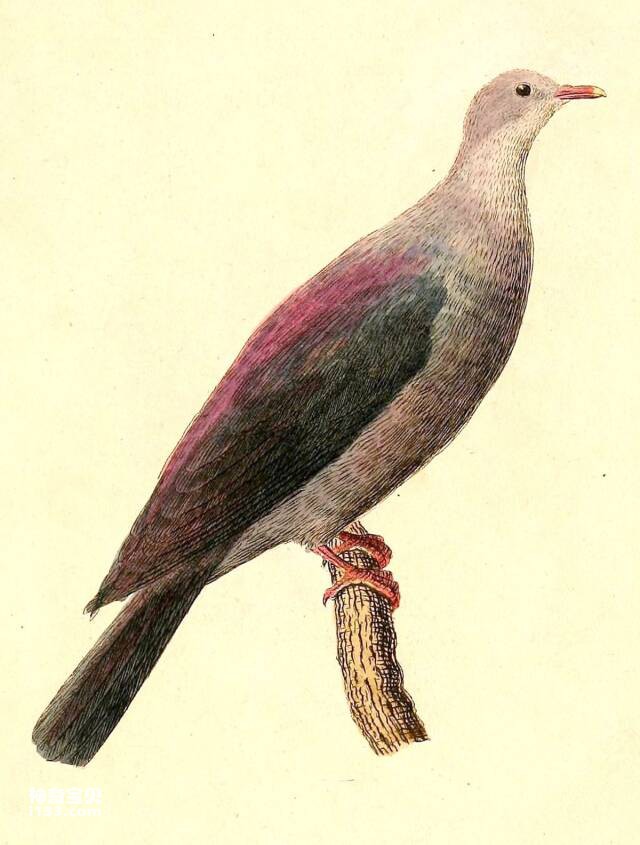
9. Ogasawara variegated wood pigeon
The Ogasawara variegated wood pigeon, also known as the Ogasawara wood pigeon, is a pigeon endemic to Nakamedia Island and Chichijima Island in the Ogasawara Islands, Japan. Their numbers are very rare, with only four specimens, collected between 1827 and 1889. The average length of the Ogasawara wood pigeon is 45 cm.
However, deforestation, overhunting, and predation by invasive rats and cats were the main causes of the Ogasawara wood pigeon's extinction in the 19th century. This pigeon eventually disappeared from the face of the earth. The disappearance of this species reminds us to cherish the natural environment, protect the ecological balance, try our best to reduce the impact of human activities on wild animals and plants, and prevent more species from going extinct like the Ogasawara variegated wood pigeon.
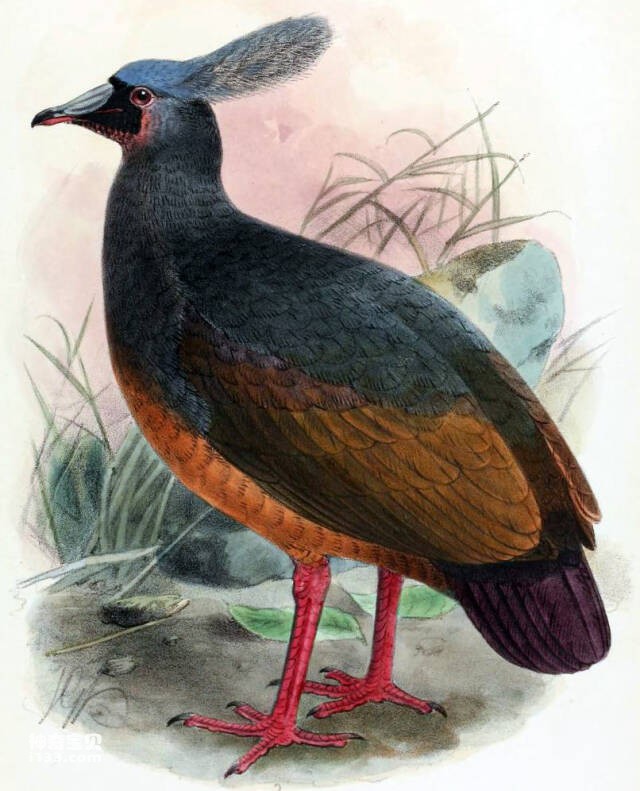
10. Solomon’s Crowned Dove
The Solomon's crowned pigeon is native to the Solomon Islands in the Pacific Ocean and was discovered by Albert Stewart Meek in 1904. At that time, he shot six Solomon's Crowned Pigeons and handed them over to the Walter Rothschild Museum of Zoology in Tring. In addition, eggs from a Solomon's crowned pigeon were collected. Rothschild sold five of the Solomon's Crowned Pigeon fur specimens to the American Museum of Natural History in New York. But no more specimens of this bird were found between 1927 and 1929. Until a survey conducted in 2009, there was still no trace of a living Solomon's crowned pigeon. It is speculated that they may have become extinct due to hunting by humans and predation by cats and dogs.
The disappearance of Solomon's crowned pigeon reminds us to cherish natural resources, protect wild animals, and be wary of the adverse effects and changes in the ecological environment caused by human activities. We should take measures to try to reduce the impact of human activities on wildlife and prevent more species from going extinct like the Solomon's crowned dove.
The top ten extinct birds in the world are mainly compiled based on relevant websites. The extinction time and causes of extinction of the corresponding birds are comprehensively studied through the search website, and the list is recommended based on the time when the relevant birds became extinct. The single ranking is for reference only. If you have any questions, please follow, like, comment, criticize and correct at the end.
animal tags: dodo
We created this article in conjunction with AI technology, then made sure it was fact-checked and edited by a Animals Top editor.